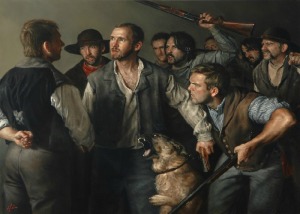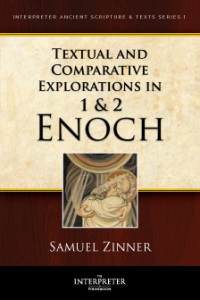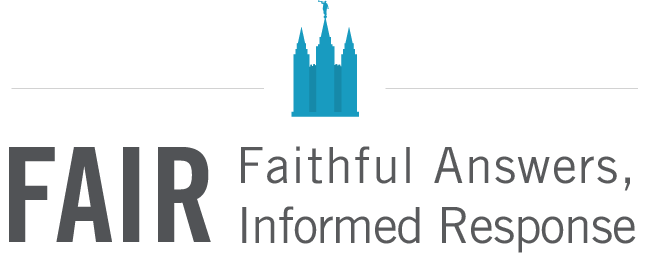Podcast: Download (5.3MB)
Subscribe: RSS
From the book: Of Faith and Reason: 80 Evidences Supporting the Prophet Joseph Smith
by Michael R. Ash
After turning east at Nahom and continuing their journey to Bountiful, we read that the Lehites suffered many afflictions and had to live on “raw meat” because they were not to make fire frequently (1 Nephi 17:12). Early critics found this strange because little was known about ancient Arabia when they made this charge. According the Near Eastern archaeologist Dr. Jeffery Chadwick, the Lehites probably didn’t make much fire because of the lack of firewood and kindling and because they probably travelled in the cool of the night and rested during the day when no fires for visibility were needed. Dr. Hugh Nibley wrote that many desert travelers ate goat and sheep kidney raw –with a bit of salt. Others ate entire slices of flesh raw, or scorched it quickly over a small fire. In either Nibley or Chadwick’s scenario, the actions of the Lehites and their eating of “raw meat” are consistent with what we now know about ancient Arabian travelers.
Michael R. Ash is the author of: Of Faith and Reason: 80 Evidences Supporting The Prophet Joseph Smith. He is the owner and operator of MormonFortress.com and is on the management team for FairMormon. He has been published in Sunstone, Dialogue: A Journal of Mormon Thought, the Maxwell Institute’s FARMS Review, and is the author of Shaken Faith Syndrome: Strengthening One’s Testimony in the Face of Criticism and Doubt. He and his wife live in Ogden, Utah, and have three daughters.
Julianne Dehlin Hatton is a broadcast journalist living in Louisville, Kentucky. She has worked as a News Director at an NPR affiliate, Radio and Television Host, and Airborne Traffic Reporter. She graduated with an MSSc from the Maxwell School of Citizenship and Public Affairs at Syracuse University in 2008. Julianne and her husband Thomas are the parents of four children.
Music for Faith and Reason is provided by Arthur Hatton.



